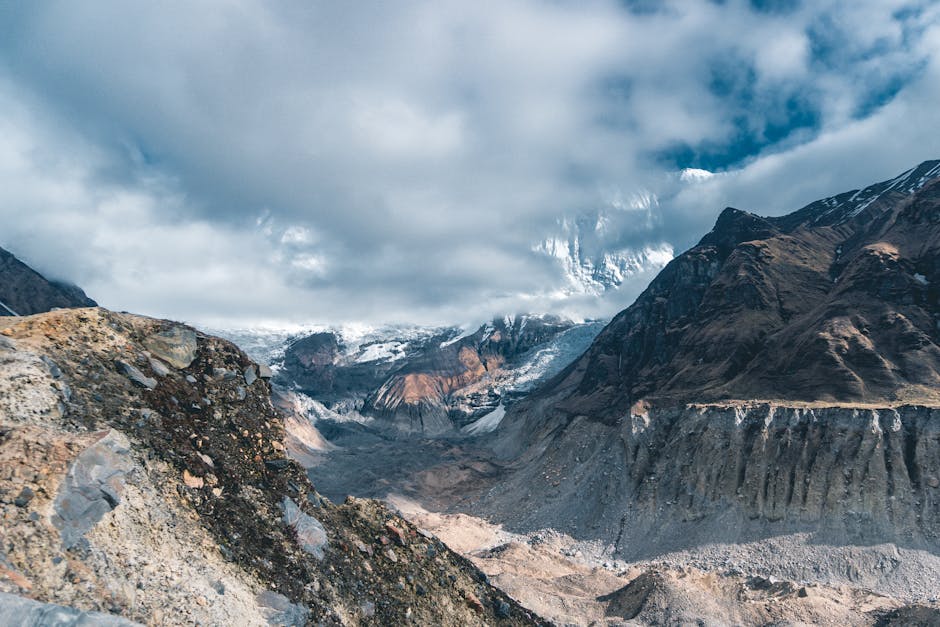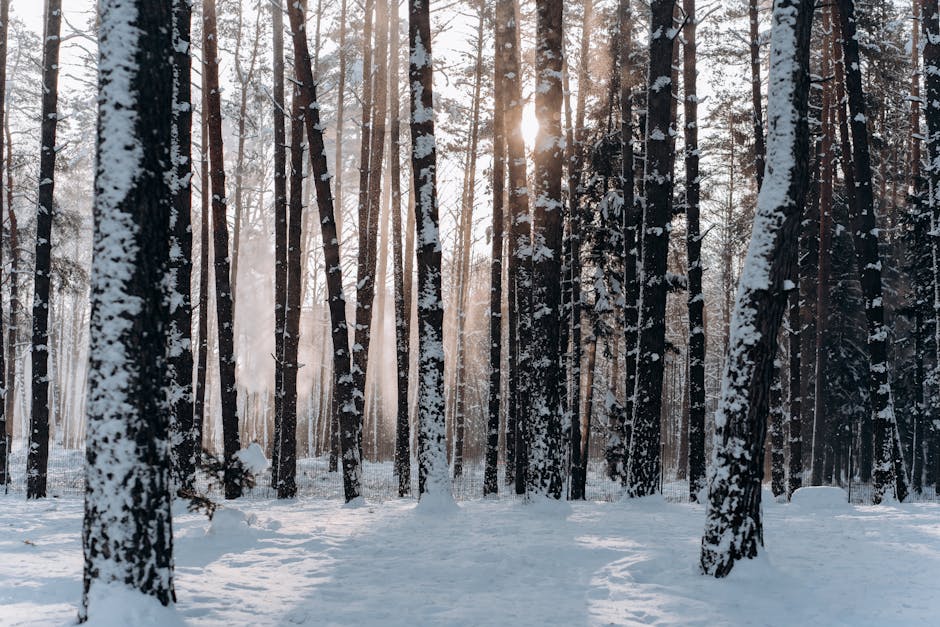The majestic allure of Mount Everest, the world’s highest peak, has once again revealed its unforgiving side. A sudden and ferocious snowstorm has descended upon the upper reaches of the mountain, trapping hundreds of climbers and Sherpa guides in a desperate battle for survival. What was meant to be the pinnacle of human achievement has, in a matter of hours, transformed into a high-altitude prison of ice and wind.
Hundreds Stranded Above 8,000 Metres
Reports emerging from Base Camp paint a harrowing picture. The storm, which struck with little warning, has created complete whiteout conditions above Camp III, halting all movement. An estimated 250 to 300 individuals are currently stranded. This group, which includes international climbers, support staff, and a significant number of Indian mountaineers, is caught at various points in the perilous “death zone”—the region above 8,000 metres where the air is too thin to sustain human life for long.
The timing of the snowstorm has amplified the scale of the crisis. It struck during the peak of the pre-monsoon climbing season, a narrow window in May that typically offers the most favourable weather for summit attempts. This has led to the infamous “traffic jams” on the final ascent, concentrating a large number of people in the most dangerous section of the mountain.
Rescue Efforts Hampered by Hurricane-Force Winds
“The situation is extremely critical,” said Dawa Sherpa, a senior expedition manager, speaking to NextMinuteNews via a crackling satellite phone from Base Camp. “The winds are hurricane-force. Visibility is zero. Communication with the teams at Camp IV and on the South Col is intermittent at best. They are conserving oxygen and energy, but every minute that passes diminishes their chances.”
Helicopter rescue operations, the lifeline in many Everest emergencies, are currently impossible. The powerful winds and lack of visibility make flying at such extreme altitudes suicidal. The burden of any potential rescue falls, as it so often does, on the shoulders of the heroic Sherpa guides. They may attempt to establish new lines or guide climbers down once the storm shows the slightest sign of abating, but for now, even they are pinned down.
An Agonizing Wait for Families
Among those caught in the storm are several well-known Indian expedition teams from Delhi and Mumbai. Families back home, who were anxiously tracking their loved ones’ progress, now face an agonizing wait for news. The Indian Embassy in Kathmandu has activated a helpline and is in constant touch with Nepali authorities, but with rescue operations on hold, information is scarce.
This incident is a stark and brutal reminder of the inherent dangers of Everest. As the world watches, the fate of hundreds hangs precariously in the balance. The climbers, huddled in their high-altitude camps, are fighting a multi-front war against frostbite, oxygen deprivation, and dwindling supplies. On the roof of the world, survival is the only summit left to conquer.




